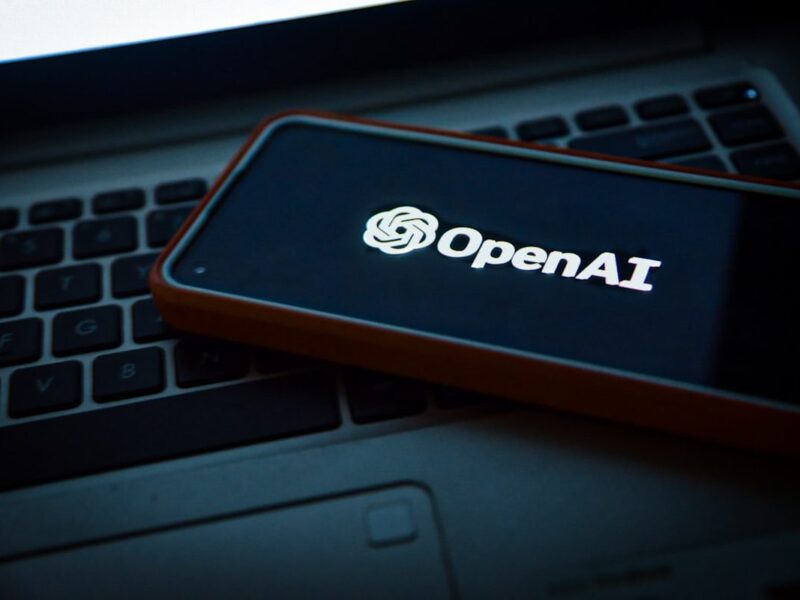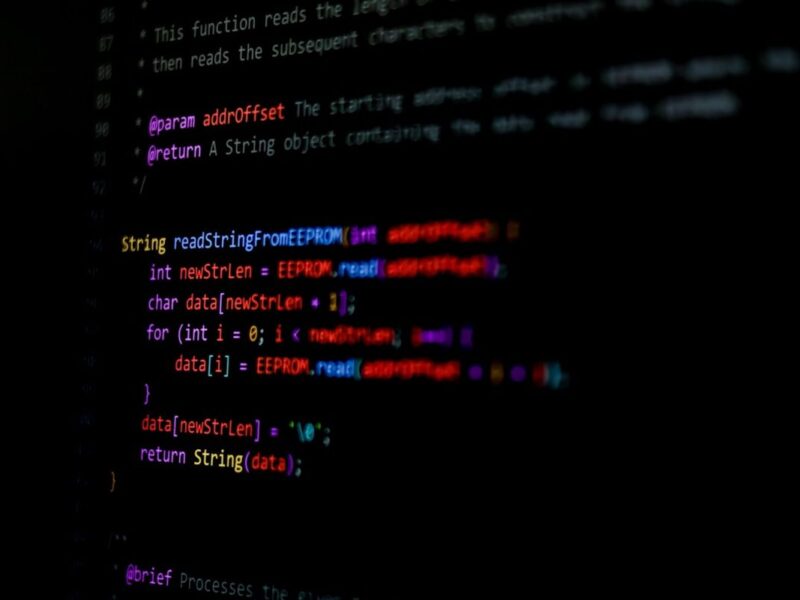The image that stopped you mid-scroll today, a hyper-realistic portrait of a historical figure, a fantastical landscape bathed in impossible light, or even a seemingly mundane photo of a political event that never happened, may not have been captured by a camera. In the rapidly evolving world of artificial intelligence, the line between photographic reality and digital creation has become profoundly blurred. As generative AI tools become more accessible and sophisticated, the ability to discern fact from fiction is no longer a niche skill but a crucial component of modern media literacy. But in a flood of synthetic content, how can the average person spot the digital ghost in the machine?
The uncanny valley of digital artistry
For now, the most accessible method for detecting AI-generated images relies on the human eye and our innate understanding of the physical world. Early AI models often produced images with tell-tale flaws, and while they are becoming rarer, these imperfections still serve as red flags. The most notorious of these giveaways has long been human hands. AI has historically struggled with the complex anatomy of fingers, often rendering them with too many or too few digits, merging them in unnatural ways, or contorting them into impossible positions. Look closely at the hands in a suspicious image; they are often the first place the digital illusion shatters.
Beyond hands, other anatomical features can betray an AI’s non-human origin. Eyes might lack the subtle reflections, known as specular highlights, that give them a sense of life, or the pupils may be misshapen or inconsistent between the two eyes. Teeth can also be a sign, sometimes appearing as an unnaturally perfect, uniform strip rather than individual incisors and molars. The background of an image is another fertile ground for spotting inconsistencies. An AI may struggle with logical continuity, causing straight lines on a building to warp subtly, patterns on a tiled floor to break down, or text on signs to dissolve into a nonsensical scrawl of look-alike letters. Similarly, examine the interplay of light and shadow. While AI is adept at mimicking lighting, it can sometimes fail to cast realistic shadows, especially in complex scenes with multiple objects and light sources. These glitches, residing in what artists call the “uncanny valley,” create a subtle sense of wrongness that can alert a critical viewer.
Beyond the naked eye: The rise of detection tools
As AI image generators grow more powerful, relying solely on visual inspection is becoming a losing battle. The subtle errors of yesterday are being patched with each new software update. This has spurred an arms race, pitting generative models against a new class of AI-designed to hunt them down. A growing number of technological solutions are being developed to analyze images at a level far deeper than human perception. These detection tools don’t just look at an image; they deconstruct it. They are trained on vast datasets of both real and AI-generated pictures, learning to identify the invisible fingerprints left behind by the generative process.
These digital forensics tools can spot minute artifacts in pixel patterns, subtle inconsistencies in digital noise, or color distributions that are characteristic of a specific AI model’s architecture, such as a Generative Adversarial Network (GAN) or a diffusion model. Some companies are also exploring proactive solutions, building invisible watermarks directly into the images their systems create. This cryptographic signature, imperceptible to the human eye, could be read by a browser extension or verification tool to confirm an image’s synthetic origin. While no single tool is foolproof, and a dedicated creator could theoretically scrub these artifacts, they represent a critical second line of defense, offering a more systematic way to verify content in an era of rampant misinformation.
A shifting landscape of reality and creation
Ultimately, the challenge of detecting AI images is a moving target. The uncanny valley is shrinking with every passing month as models from companies like OpenAI, Midjourney, and even newer platforms like HeraHaven’s AI image generator produce images with stunning realism, making manual detection increasingly difficult. The strange hands and garbled text that once gave the game away are becoming relics of a more primitive AI era. This rapid advancement signals a fundamental shift in our relationship with visual media. The solution will not be a single perfect detection tool but a combination of technological safeguards and a more skeptical public.
The future of navigating this new reality will rely heavily on developing a robust sense of digital literacy. It means approaching all online content with a healthy dose of critical thinking, questioning the source, and looking for corroboration before accepting an image as truth. It involves understanding the capabilities and limitations of AI and teaching the next generation to do the same. The rise of AI-generated imagery does not spell the end of truth, but it does demand a more active and vigilant engagement from its audience. The camera, once a trusted recorder of reality, now shares the stage with algorithms that can create fantasy indistinguishable from fact. Learning to tell the difference is the essential new skill of our time.

